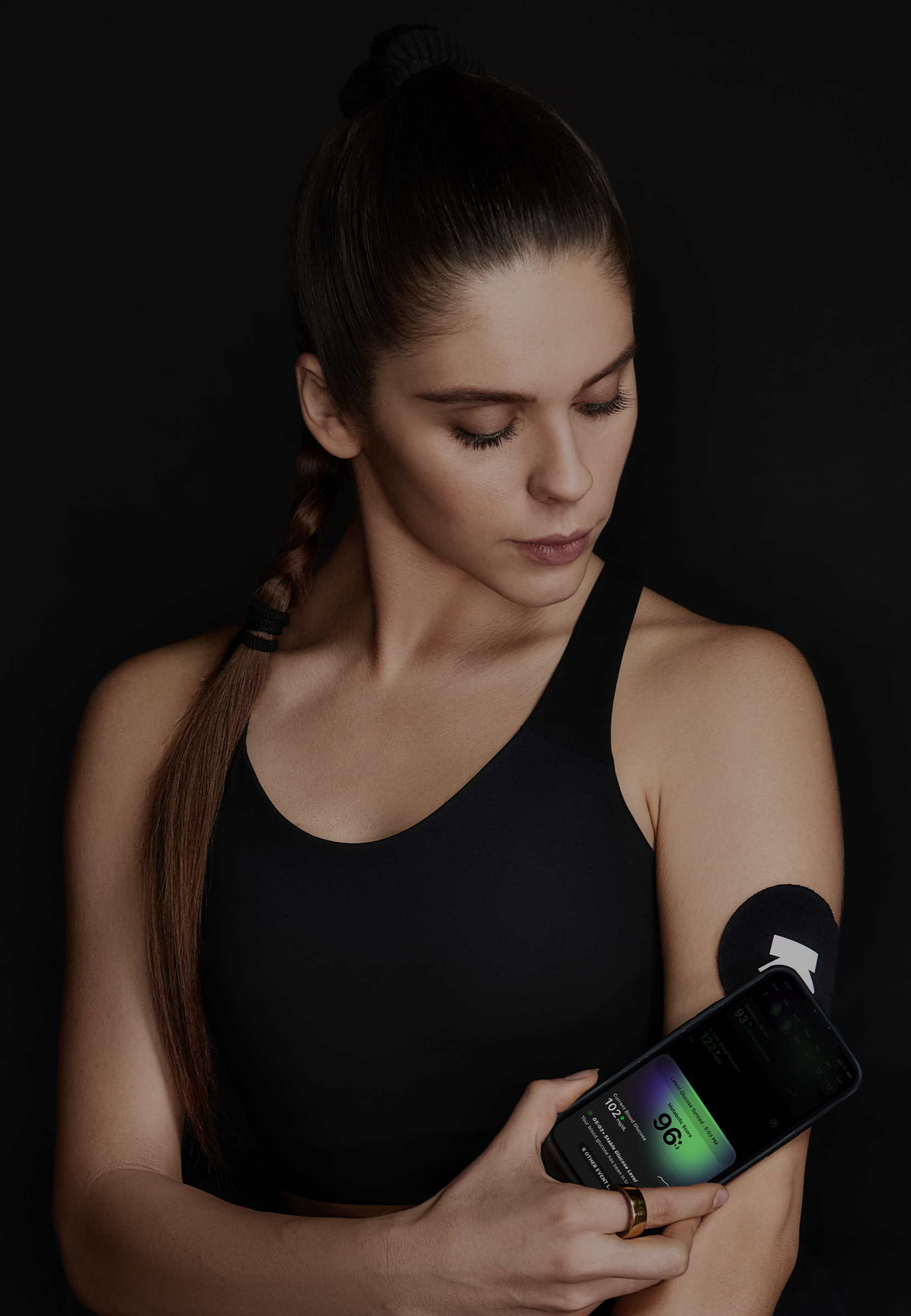
Thai dinner (1 piece)
Dinner
143 mg/dL
avg. peak value
Usually causes a small spike
Avg. Food Score on Ultrahuman App
Ultrahuman Users got an UNSTABLE response
How to consume thai dinner without glucose spikes
Start with a Salad
Begin your meal with a salad that includes leafy greens, cucumbers, and tomatoes. This can help slow the absorption of carbohydrates.
Choose Brown Rice
If your meal includes rice, opt for brown rice instead of white rice. It has a more gradual effect on blood sugar levels.
Incorporate Lean Proteins
Include lean protein sources such as tofu, chicken breast, or shrimp. Proteins can help stabilize blood sugar levels.
Add Healthy Fats
Include healthy fats like avocado or a small amount of peanuts or cashews. Fats can help slow carbohydrate absorption.
Select Stir-Fried Vegetables
Opt for a side of stir-fried vegetables, as they are packed with fiber and nutrients that can help control blood sugar levels.
Limit Sweet Sauces
Be cautious with sweet sauces that may contain sugar. Ask for sauces on the side, and use them sparingly.
Drink Water or Unsweetened Tea
Choose water or unsweetened tea as your beverage to avoid added sugars.
Mind Portion Sizes
Be mindful of portion sizes, especially of carbohydrate-rich foods, to help manage blood sugar levels.
Eat Slowly and Mindfully
Take your time to eat and savor each bite. Eating slowly can help prevent overeating and allows your body to process food more efficiently.
End with a Fruit
If craving something sweet, opt for a small portion of fresh fruit like berries or an apple. They provide natural sweetness and fiber.

Discover
metabolic
health with M1
Ultrahuman M1 helps you measure the impact of food and activity on your body in real time through glucose as a biomarker.
Explore Ultrahuman M1Find Glucose response for your favourite foods
Explore OGDbYour cart is empty
Browse through our products and find something for you.
